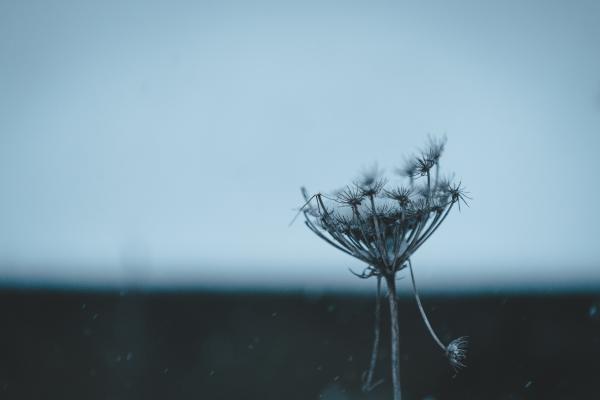Jul 14, 2020
I worry my children will be stunted by the solitary nature of our lives. Like how a tree during a hard season slows its growth, a ring for a year of strain nothing more than a thin encasement, the depth of skin. We’ve spent months in isolation, only briefly in the midst of others, but never close enough to touch.
Read the Full Article

Already a subscriber? Login
